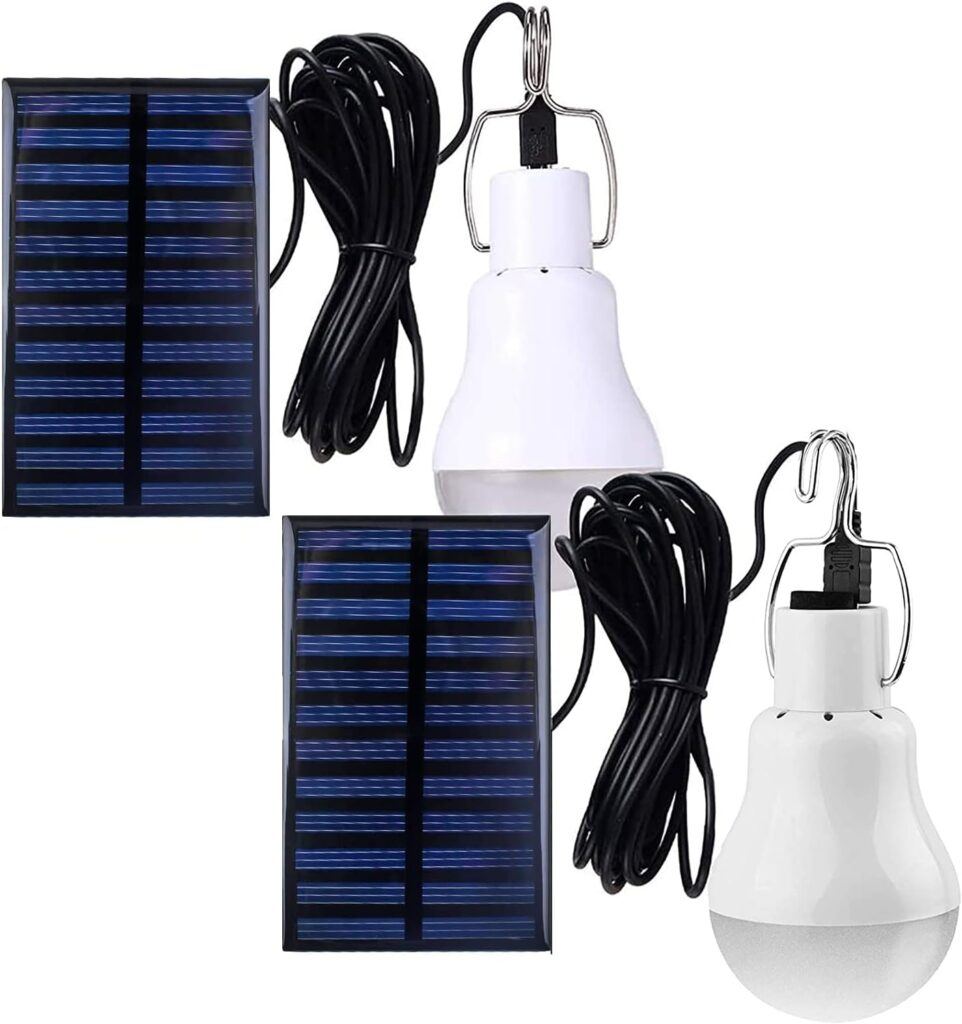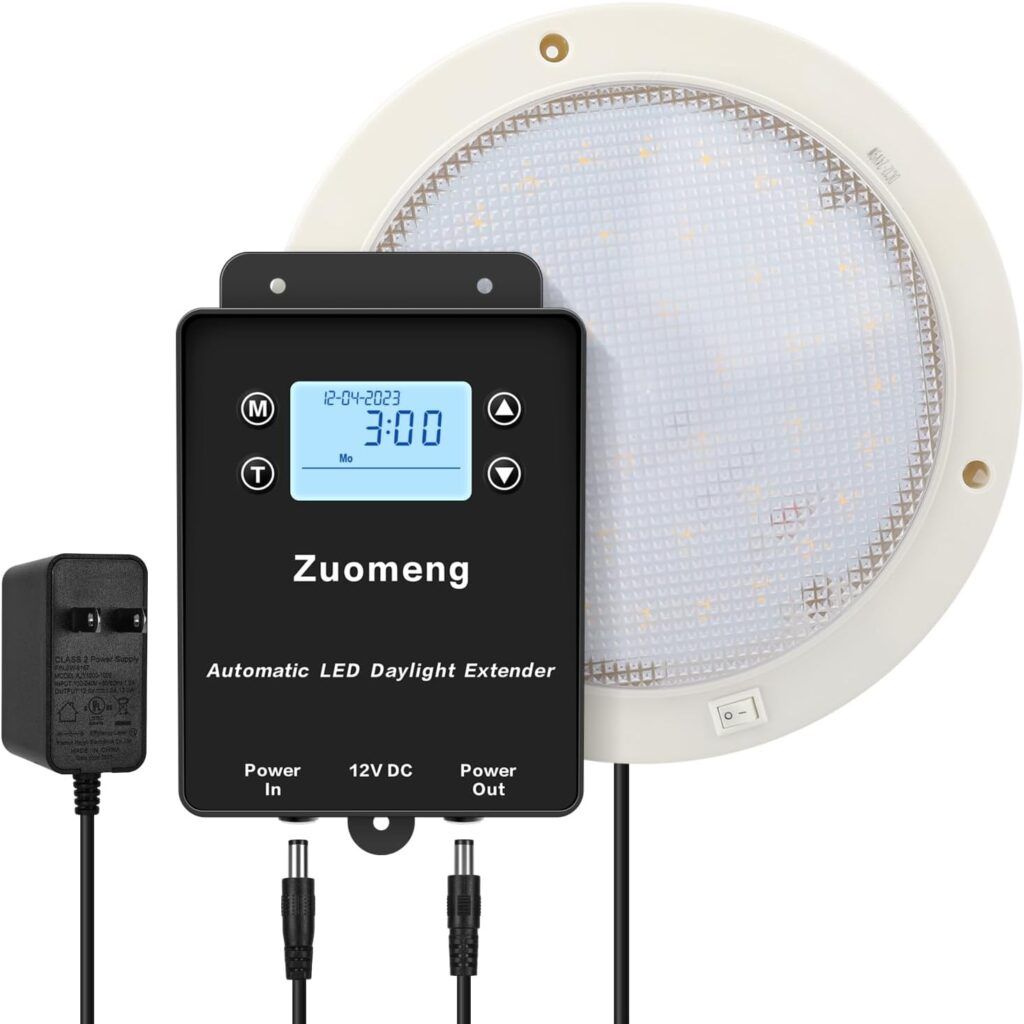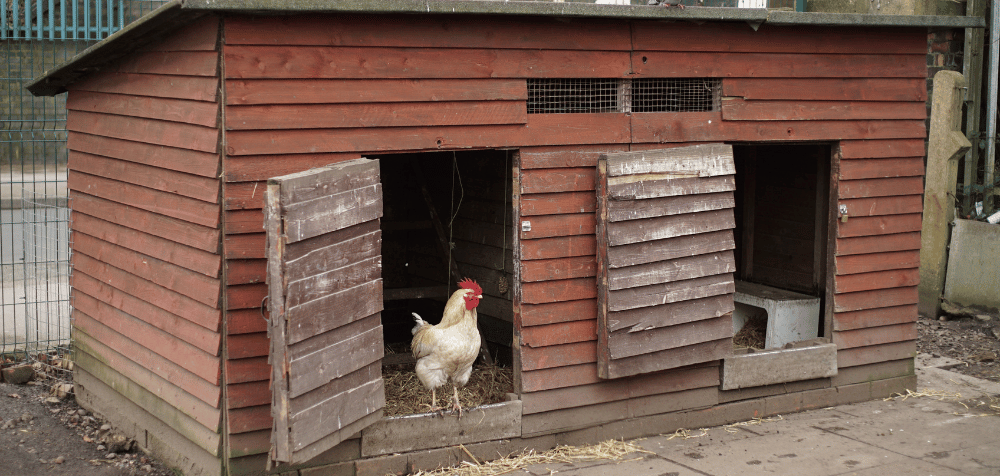One of the most important factors for maintaining a productive and healthy flock is lighting in a chicken coop. Proper lighting affects egg production, mood, and overall health, especially during shorter winter days.
In today’s blog, we’ll explore why lighting is so important, how to set up effective lighting, and common mistakes to avoid.
Why Is Lighting In A Chicken Coop So Important?
Chickens are highly sensitive to light. Their laying cycles, sleep patterns, and even their mood are affected by the amount of light they’re exposed to. Light controls the release of hormones that stimulate egg production.
Here are some of the main reasons why lighting in a chicken coop is crucial:
- Egg production: Light exposure directly influences how many eggs your hens lay. Chickens need around 14 to 16 hours of light daily to maintain consistent egg production, especially during shorter winter days.
- Mood regulation: Chickens can become lethargic or even aggressive if they’re not receiving adequate light. Proper lighting helps them stay active and reduces pecking behavior.
- Health: A well-lit coop can help prevent stress, which boosts the immune system, keeping your flock healthier.
Without the right lighting, your chickens may stop laying eggs altogether, sleep more than they should, and even develop behavioral issues.
How Much Light Do Chickens Need?
One of the most common questions about lighting in a chicken coop is: how much light do chickens need?
The answer depends on your goals and the time of year. In general, chickens need at least 14 hours of light per day to stay productive. During the summer months, natural sunlight usually takes care of this, but during the winter, you’ll need to supplement with artificial lighting.
Natural vs. Artificial Lighting
- Natural Lighting: This is the best and most preferred option since it syncs with the chickens’ natural rhythm. However, shorter days in fall and winter can significantly reduce egg production.
- Artificial Lighting: A well-timed light bulb can help maintain egg production throughout the winter. Using a simple timer to turn lights on and off will help you simulate longer days when natural sunlight is scarce.
When setting up artificial lights, it’s essential to aim for consistency. Chickens don’t handle sudden changes in their lighting environment well, so gradual transitions work best.
Types Of Chicken Coop Lighting To Consider

Not all light bulbs are created equal, and choosing the right type of lighting in a chicken coop is crucial for creating a comfortable environment. Below are some of the most common lighting options:
- Incandescent Bulbs: These are the traditional bulbs most people are familiar with. While they provide warm light, they are not energy-efficient and can generate a lot of heat.
- Fluorescent Bulbs: These bulbs are more energy-efficient and give off a cooler light. However, they can flicker, which may disturb the chickens over time.
- LED Bulbs: LED lights are a great option because they are energy-efficient, long-lasting, and produce little heat. They also provide steady, non-flickering light, which is better for the chickens’ well-being.
- Red Lights: Red-tinted lights are often used at night because they don’t interfere with chickens’ sleeping cycles. If you want to provide some light without disrupting their sleep, red bulbs are a solid choice.
When installing lighting, be sure to position the bulbs high enough to avoid overheating or dazzling the chickens directly.
When To Use Supplemental Lighting
Winter can be a tough time for chickens. With fewer daylight hours, egg production can slow or stop altogether. This is when lighting in a chicken coop becomes especially important.
Winter Lighting Schedule
During winter, aim to provide your chickens with at least 14 to 16 hours of light per day. Here’s a simple schedule to follow:
- Morning: Set your lights to turn on 2 hours before sunrise. This will help stimulate an early start for your chickens.
- Evening: Let the natural sunlight do its thing during the day, then have your artificial lights come on in the evening until the total light exposure reaches 14-16 hours.
Make sure your lighting mimics the natural day-night cycle. A sudden shift from complete darkness to bright light (or vice versa) can stress the chickens. Using a timer for gradual light changes is highly recommended.
Common Lighting Mistakes To Avoid
Setting up the right lighting in a chicken coop can seem straightforward, but there are a few common mistakes that can impact your flock negatively. Here are some to watch out for:
- Too much light: Believe it or not, chickens can be exposed to too much light, leading to exhaustion and stress. Keep light exposure within 14 to 16 hours, no more.
- Inconsistent schedules: Chickens thrive on routine. Sudden or inconsistent lighting changes can throw off their biological rhythms and reduce egg production.
- Not enough ventilation: Heat from light bulbs can raise the temperature in the coop, making it stuffy and uncomfortable. Always ensure proper ventilation.
- Incorrect light placement: Placing lights too close to the roosting area can disrupt the chickens’ sleep patterns. Make sure lights are evenly distributed and not aimed directly at the birds.
Tips For Setting Up Lighting In A Chicken Coop

Creating the perfect lighting setup doesn’t have to be complicated. Here are some helpful tips to make sure you’re getting the most out of your lighting in a chicken coop:
- Use a timer: This will ensure consistency and allow you to control the lighting without having to turn lights on and off manually.
- Choose energy-efficient bulbs: LED lights are an excellent option for long-lasting, cost-effective lighting.
- Mind the seasons: Adjust your lighting schedule based on natural sunlight. In summer, you can reduce artificial lighting, while in winter, you’ll need to supplement more.
- Install lighting evenly: Make sure light is distributed across the entire coop, not just in one spot. This ensures that all chickens benefit from the added light.
Final Thoughts
Getting the right lighting in a chicken coop is essential to keeping your chickens happy, healthy, and productive.
Whether you’re trying to boost egg production during the darker months or ensure a stress-free environment, good lighting can make all the difference.
Remember, consistency is key. With proper light schedules and the right type of bulbs, your flock will stay active and content no matter the season.
If you’re just getting started with chicken care or looking to optimize your coop, lighting is a simple yet powerful way to improve the life of your chickens.

